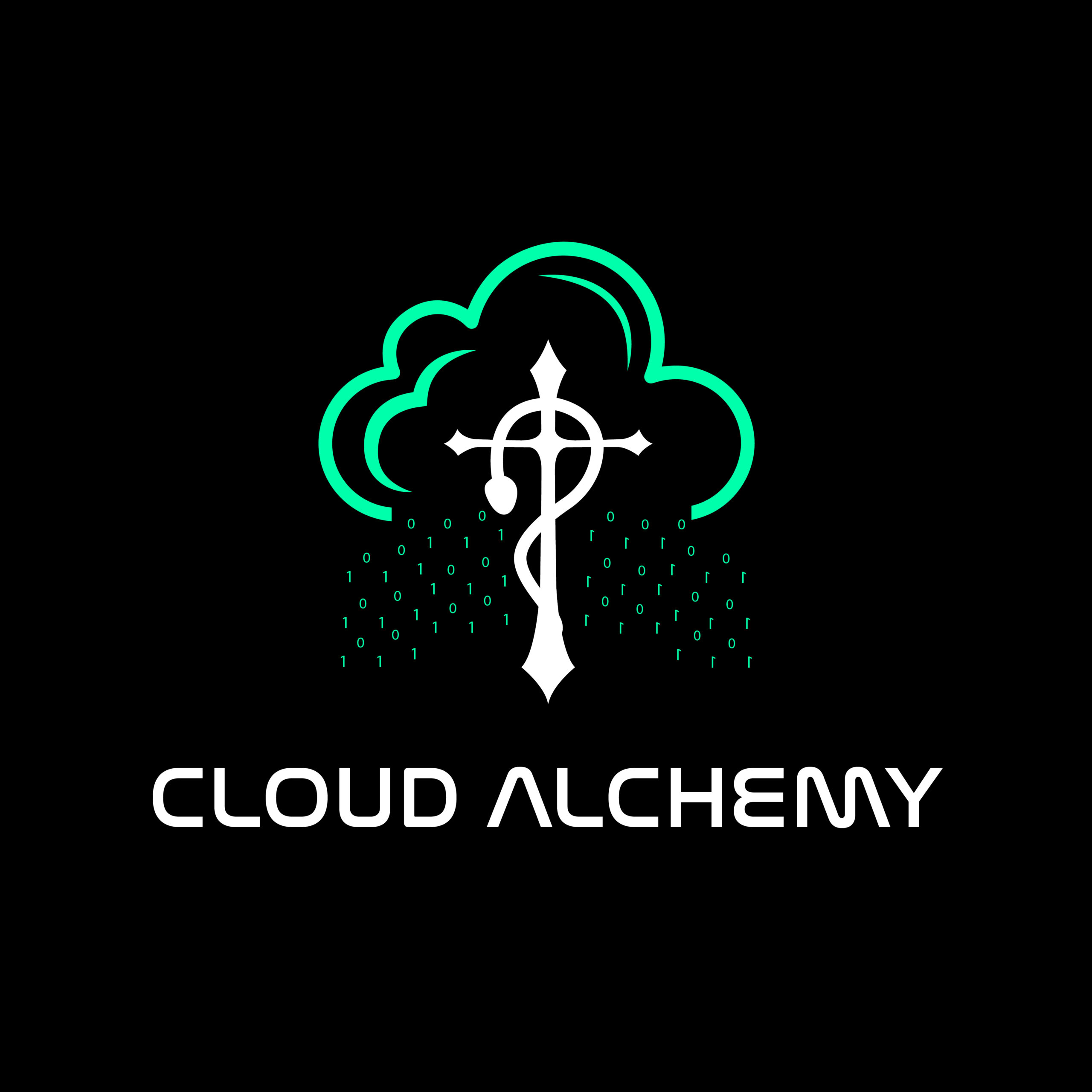"Cloud Alchemy": A Series on Cloud Native Platforming
 Jason Smith
Jason Smith
May 16, 2022

We are living in the age of Cloud Native. Seriously, read any tech blog or listen to any tech podcast and you won’t be able to escape terms like “Cloud Native”, “Kubernetes”, “Containerization”, “Canary”, “Service Mesh”, etc. Many of these terms can be found in the CNCF Glossary.
Becoming cloud native has become a priority for most enterprises over the past five years. In fact, Rackspace Technology conducted a survey of 1,500 IT decision makers and around 97% of them said that they were already cloud native or had plans to become cloud native. Another way to look at it is that pretty much, everyone is going to be cloud native.
Cloud native can prove to be difficult to implement. The CNCF released a blog post about 2 years ago on this topic and I would argue that it still holds true today. While all of the points are great ones, I really want to hone in on the 7th point.
Cloud Native is a paradigm shift in the way we think of computing. As a result, to people who are unfamiliar with the concept, it sounds like a bunch of jargon being thrown around. This can be confusing to newcomers trying to understand the benefits. Furthermore, we talk about the individual components but not the whole story.
Imagine if we were building a house and I talked about a type of insulation, seating arrangements in the living room, lighting fixtures, etc. but never really explained how they all worked together to give you a nice home? That’s often how we talk about Cloud Native technologies. Perhaps we should look at it as a platform, from point 0 to point X.
The “Cloud Alchemy” Series
I am going to start a new series where I discuss building a cloud platform. I will showcase a variety of tools that I use to not just deploy a full functioning application to the cloud, but also maintain and update that application.
While I will be using Google Cloud as my public cloud provider, I will make it a point to use largely OSS software so that the concepts demonstrated in this series can be replicated on any environment whether it be public or private cloud.
I will cover concepts such as infrastructure as code, CI/CD, SRE practices, cloud security, containerization, and so on. Hopefully, this opinionated platform can provide some guidance for people looking to actually leverage the cloud.
What’s with the weird logo?
I am glad that you asked imaginary person. It is no secret that one of my favorite pieces of media is FullMetal Alchemist: Brotherhood. My dog is named “Winry” and I have quite a few posters and other paraphernalia around from the series.
The show deals with the science of “alchemy”. It looks like magic but it actually follows a strict set of rules as a science would. It is taking random components and making it into something better. It requires you to understand the components, deconstruct them, and reconstruct them into something new.
This is what we will be doing here. We will look at the individual components, understanding it, and then composing something greater than the individual pieces.
The protagonist, Edward Elric, has a Flamel on his coat and it is often seen as a “de facto” logo for the series. That inspired the logo for this blog series. I may even throw in a few references to FullMetal Alchemist in the post so if you are a fan, you may enjoy it. If you aren’t a fan, I encourage you to watch it now!
Moving Forward…
I will try to post something at least once every other week. I will also make it a point to have an accompanying git repo so that people can follow along and play with the tech themselves. If you want to fully play along, you can use the Google Cloud Free Trial and Free Tier. I look forward to seeing you on this journey!